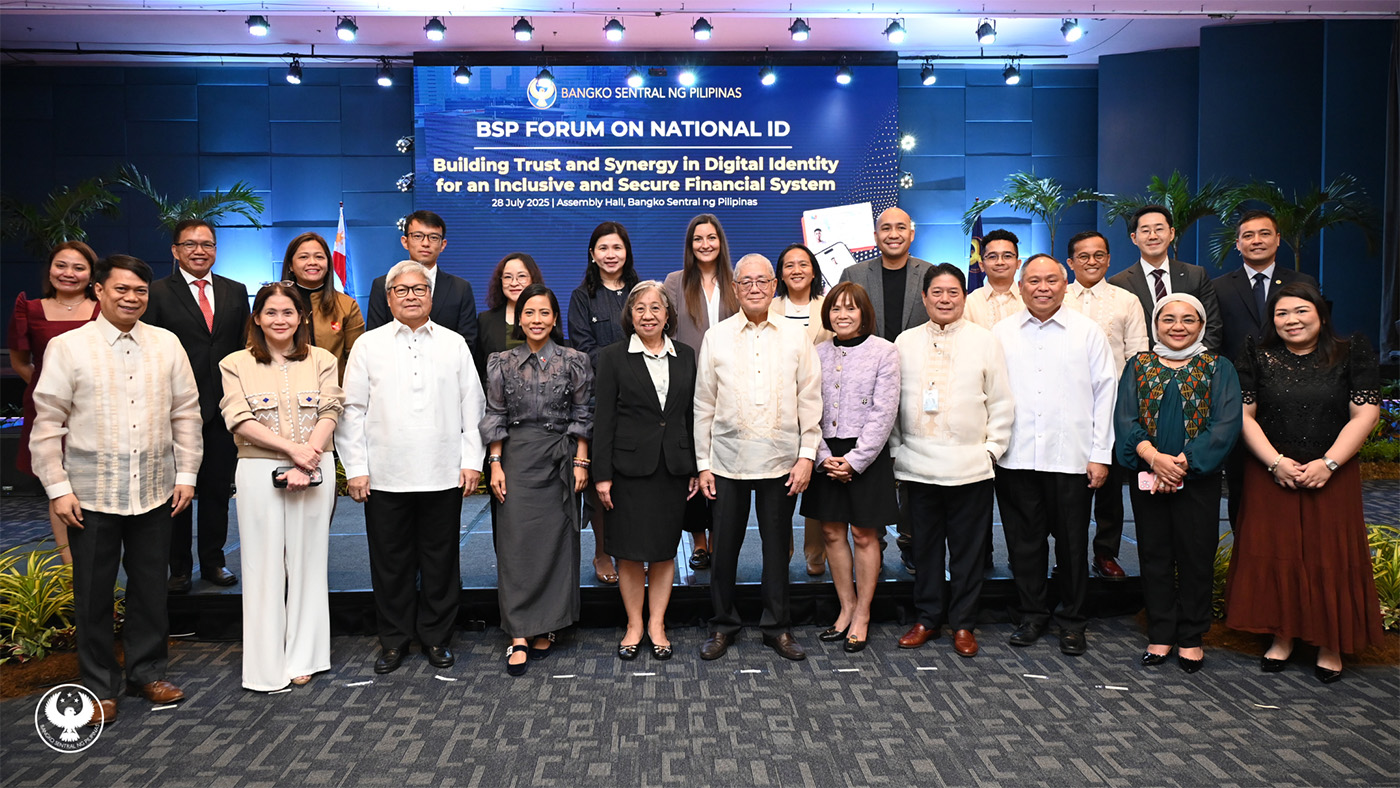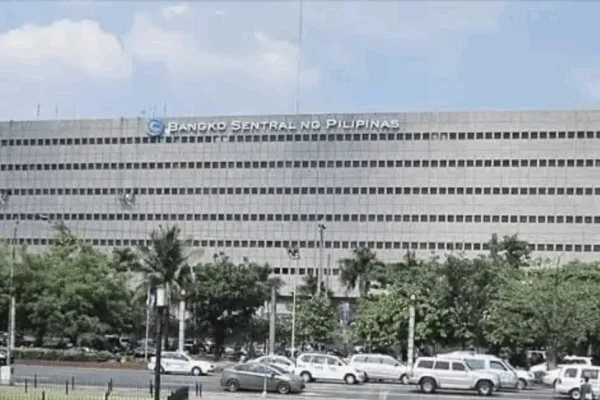According to the latest data from the Bangko Sentral ng Pilipinas (BSP), the Philippine economy presents a complex picture of promise and caution.
While foreign direct investment (FDI) net inflows saw a significant year-on-year jump in May 2025, reaching US$586 million, the year-to-date total has declined. This impressive May growth was primarily driven by a sharp increase in nonresidents’ net investments in debt instruments, which rose 88.3% year on year, from US$227 million to US$427 million.3 Meanwhile, reinvestment of earnings remained relatively stable at US$97 million.

These investments largely originated from key economic partners, including the United States, Japan, Singapore, and South Korea. The funds were heavily concentrated in pivotal sectors such as real estate, manufacturing, and energy supply, signaling strong confidence in the Philippines’ core industries.
However, a closer look at the numbers shows a more nuanced story. The May figures, while strong, weren’t enough to offset earlier performance.
For the first five months of 2025, FDI net inflows declined by 26.9%, falling to US$3.0 billion from the US$4.0 billion recorded in the same period last year. This dip was partly due to a notable 61.4% decline in nonresidents’ net investments in equity capital, which fell to just US$62 million in May. (Figure 1).1,2



This disparity underscores the importance of a stable and inclusive financial system, a goal the BSP is actively pursuing through its push for the widespread adoption of the National ID.
BSP: Bridging the digital divide with the National ID
In a recent forum held in July, the central bank called for a wider use of the National ID for customer onboarding, aiming to integrate both physical and digital IDs into the financial system. This initiative, championed by BSP Governor Eli M. Remolona, Jr., seeks to build “a Philippines where your identity is no longer a barrier, but a bridge” to financial services.

Photo shows BSP Governor Eli M. Remolona, Jr. (fifth from right) with (from left): BSP Deputy Governors Zeno Ronald R. Abenoja, Bernadette Romulo-Puyat, and Mamerto E. Tangonan; Assistant Secretary Kristine Joy R. Diaz-Teston from the Office of the Special Assistant to the President on Economic and Investment Affairs; Deputy National Statistician Rosalinda P. Bautista; Monetary Board Members Rosalia V. de Leon and Jose L. Querubin; and BSP Assistant Governors Redentor C. Bancod and Arifa A. Ala.
The official theme of the forum, “Building Trust and Synergy in Digital Identity for an Inclusive and Secure Financial System,” highlights the collaborative effort to streamline identity verification. A key recommendation was to expand the use of the Philippine Statistics Authority’s (PSA) National ID Authentication Services (NIDAS).
This system allows for real-time verification of biometric and demographic data, making it easier for people to open financial accounts, even with a paper-based or digital ID.

BSP Governor Eli M. Remolona, Jr. (front row, center) together with officials from the Philippine Statistics Authority (PSA), DICT, National Privacy Commission, and Office of the Special Assistant to the President for Investment and Economic Affairs, along with resource persons from the World Bank, Korea Credit Information Services, and BSP-supervised financial institutions
Governor Remolona emphasized that the more people who use the National ID, the more valuable the system becomes for everyone, creating a powerful “network effect” that fosters social good. This move is seen as a critical step in addressing the high number of unbanked Filipinos, many of whom lack the necessary documents to open a bank account.
The forum brought together key stakeholders from government agencies like the PSA and the Department of Information and Communications Technology (DICT), as well as international partners like the World Bank. Their discussions focused on overcoming the challenges of integrating the ID system and sharing practical experiences.
Ultimately, the BSP’s push for the National ID can be seen as a long-term strategy to complement and sustain economic growth. By making financial services more accessible, the central bank aims to create a more inclusive environment that can attract and support the very investments the country is working to secure.
—
1 BSP statistics on FDI are compiled based on the Balance of Payments and International Investment Position Manual, 6th Edition (BPM6). FDI includes investment by a non-resident direct investor in a resident enterprise, where the equity capital in the latter is at least 10 percent. It also includes investment made by a nonresident subsidiary or associate in its resident direct investor. FDI can be in the form of equity capital, reinvestment of earnings, and borrowings.
2 BSP FDI statistics are different from the investment data of other government sources. BSP FDI covers actual investment inflows. In contrast, the approved foreign investments data published by the Philippine Statistics Authority (PSA) are sourced from Investment Promotion Agencies (IPAs). These represent investment commitments, which may not necessarily be fully realized in a given period. Furthermore, the PSA data are not based on the 10-percent foreign ownership criterion under BPM6. Additionally, the BSP’s FDI data are presented in net terms (i.e., equity capital placements less withdrawals). On the other hand, the PSA’s foreign investment data do not account for equity withdrawals.
3 Net investments in debt instruments consist mainly of intercompany borrowing and lending between foreign direct investors and their subsidiaries or affiliates in the Philippines. The remaining portion of net investments in debt instruments are investments made by nonresident subsidiaries or associates in their resident direct investors. This is known as reverse investment.







